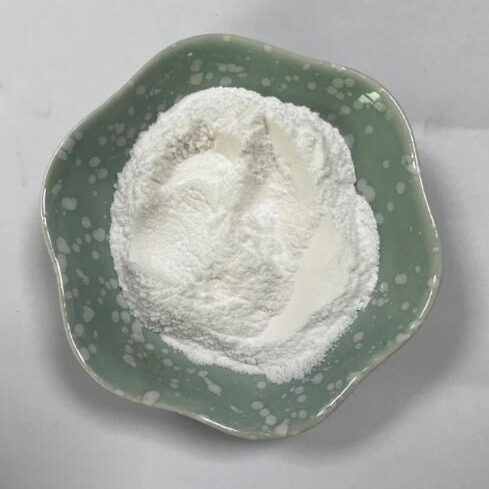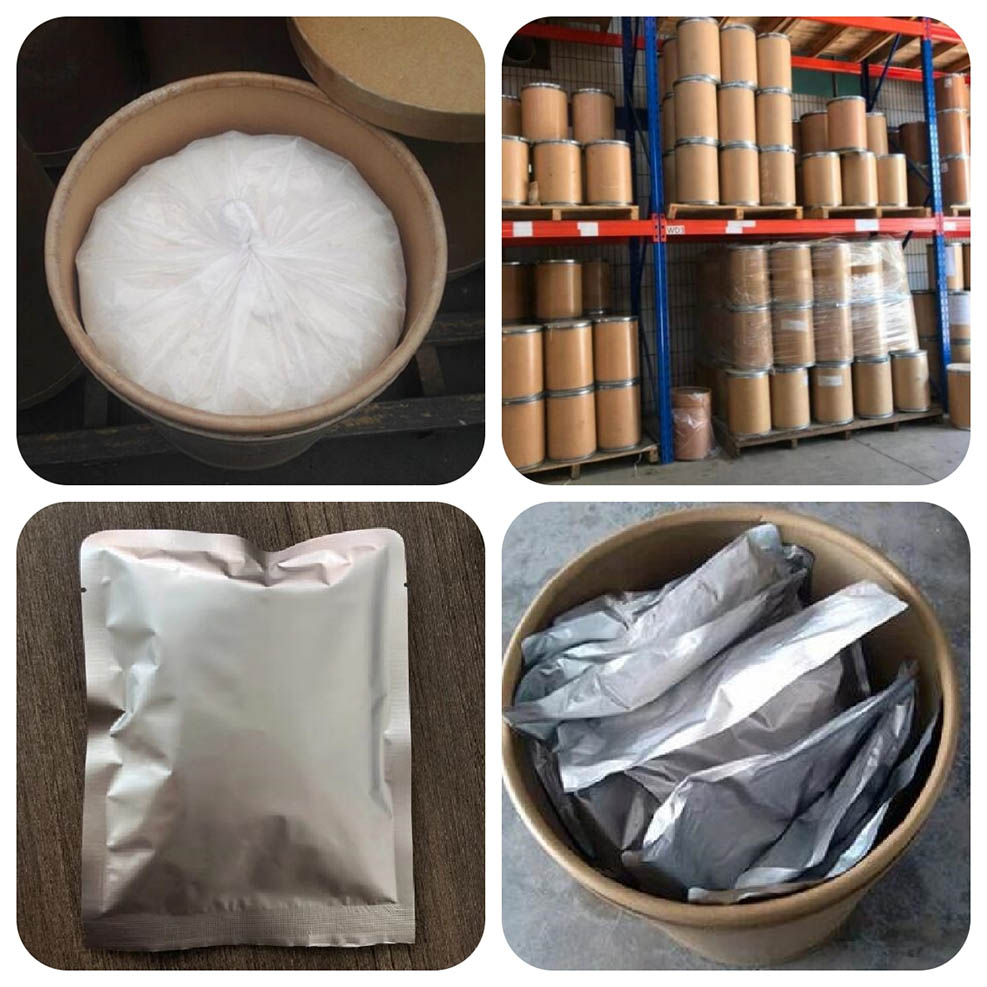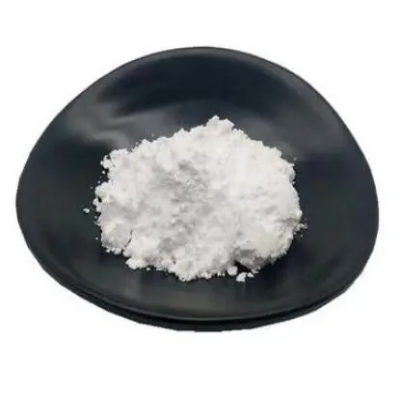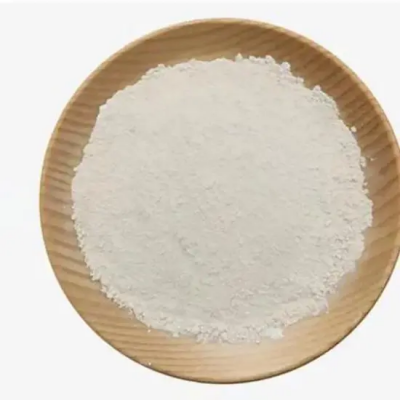Palladium (II) acetate CAS:3375-31-3
Palladium(II) acetate is widely used as a catalyst in organic synthesis, particularly in the formation of carbon-carbon and carbon-heteroatom bonds. It is employed in a variety of palladium-catalyzed coupling reactions, including the Heck reaction, Suzuki reaction, and Sonogashira coupling, which are essential for the production of pharmaceuticals, agrochemicals, and fine chemicals. Additionally, it is utilized in the synthesis of complex organic molecules and natural products, contributing to advancements in medicinal chemistry and materials science. The compound also finds application in the production of specialty chemicals and materials, such as polymers and electronic materials. Its ability to catalyze important reactions in materials chemistry makes it an essential component in the development of advanced materials with tailored properties. Furthermore, Palladium(II) acetate is used in the preparation of catalysts for various industrial processes, including hydrogenation, oxidation, and carbon-carbon bond-forming reactions, contributing to the development of more efficient and sustainable chemical processes. In summary, Palladium(II) acetate is a versatile compound with diverse applications in organic synthesis, catalysis, and materials science. Its unique properties and reactivity make it an essential tool for the development of new chemical processes, the production of valuable compounds, and the enhancement of material properties in various industrial sectors.



| Composition | Pd(OCOCH3)2 |
| Assay | 99% |
| Appearance | White power |
| CAS No. | 3375-31-3 |
| Packing | Small and bulk |
| Shelf Life | 2 years |
| Storage | Store in cool and dry area |
| Certification | ISO. |









